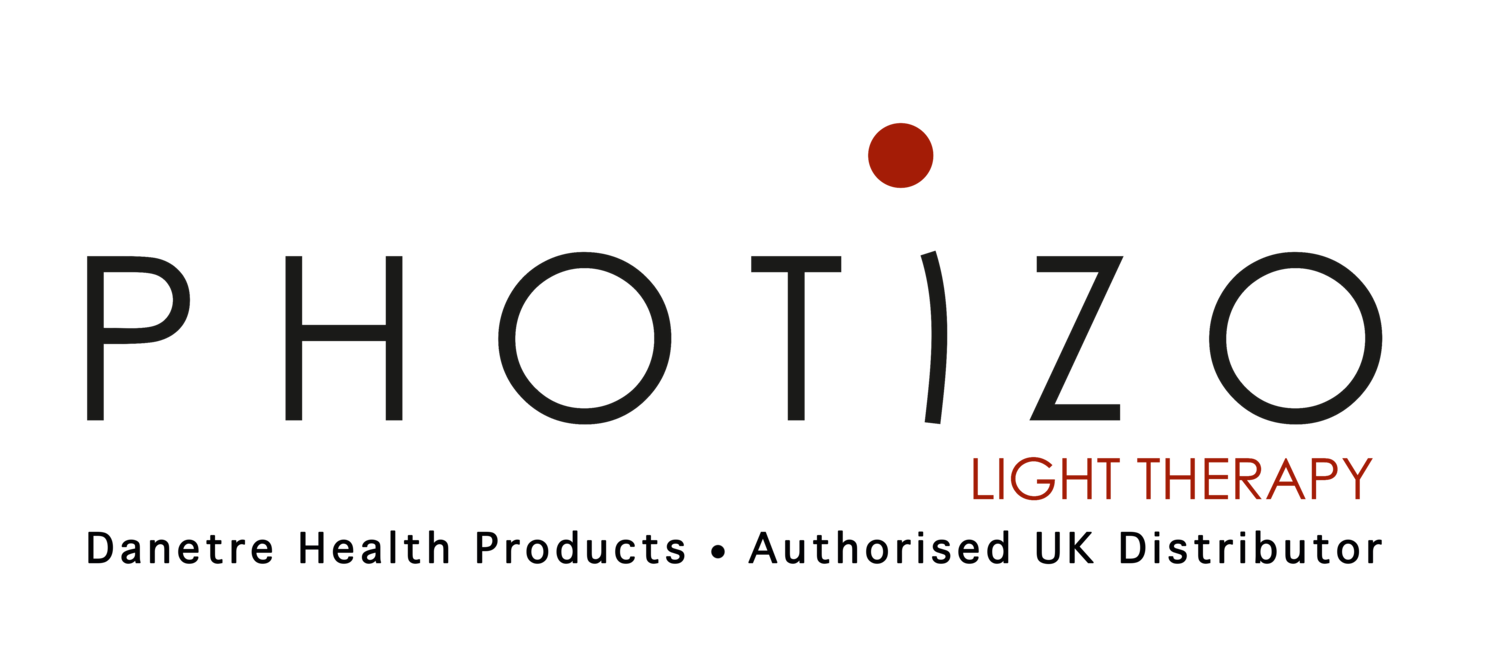How Photizo red light therapy helps with acute and chronic wounds
Having a slow healing wound can be very stressful. Ironically, stress has been shown to have a negative impact on the natural wound healing process by suppressing the immune system and it is important to ensure that stress is being managed appropriately whilst healing takes place.
The process of wound healing can be complex. Photizo Skincare offers a highly effective complementary treatment to use alongside your other wound products. You can use it on a wide range of different wounds. Red and near infrared light helps to stimulate and accelerate wound healing, reduce swelling and inflammation, and increases the blood and lymph flow, to assist with elimination of waste products whilst bringing oxygenated and nutrient rich blood to the area being treated.
The Photizo Skincare hand-held device harnesses the healing power of red and infrared light at specific wavelengths and frequencies which are proven to be effective in accelerating the natural healing and restoration of wounds.
Which can Photizo Skincare help with?
In addition to assisting with healing in acute and chronic wounds, Photizo Skincare improves tissue quality and leads to accelerated wound healing after cosmetic and medical surgical procedures.
Photizo Skincare promotes the anti-inflammatory process, activates blood circulation, and realigns collagen fibres. It reduces scabbing and erythema, without promoting keloids.
Acne and pimples
Burns
Cold sores
Diabetic ulcers
Metabolic-disease-related wounds
Non-healing surgical wounds
Oral sores from chemotherapy/radiation
Pressure ulcers
Psoriasis, eczema, dermatitis, and other inflammatory skin conditions
Venous ulcers
Wound healing (acute and chronic), and other skin damage, for example scrapes, cuts, blisters, minor burns, and sunburn]
Wounds that repeatedly break down.
How does Photizo Skincare work?
One of the beneficial characteristics of red and infrared light is that it has the ability to promote and enhance natural healing. The irradiation by red and infrared light triggers the natural repair mechanisms carried out by the body. Several of the mechanisms of action for red and infrared light therapy that work to alleviate pain and inflammation also play an important role in tissue healing.
Wound healing progresses through stages of inflammation, proliferation, remodelling and maturation. Light therapy has been demonstrated to impact each of these phases in beneficial ways. Light therapy can provide beneficial impacts in open surface wounds.
Photizo Skincare can be used on any skin type or colour.
Everybody experiences a wound at some stage in their lives, and some people are more prone to slow-healing wounds than others. Examples here include people using cortisone, diabetics, and the elderly in general. Read more here on using light therapy to assist in wound healing.
Studies have found that near infrared wavelength increases microcirculation and formation of new capillaries. The wound is, therefore, receiving more oxygen and nutrients to help with the natural wound healing process.
Infrared rays ‘clean up’ dead cells through boosted blood circulation.
It stimulates the production of fibroblasts. Fibroblasts synthesise collagen, elastin, and proteoglycans in the final healing phases.
It helps release ATP (raw cellular energy) which provides energy to the damaged cells in the wound so they can heal better and faster.
It increases lymph system activity. This helps to ensure efficient clean-up and detoxification of the wounded area without overtaxing the lymph system. Helps in the prevention of lymphedema.
It stimulates tissue granulation, the forming of new connective tissue and tiny blood vessels that form on the surfaces of a wound during the healing process.



